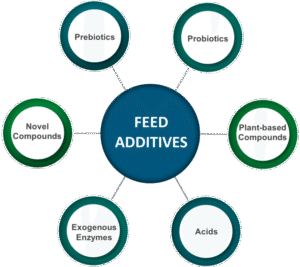The butterfly has specialized digestive and reproductive systems adapted to its nectar-feeding diet and reproductive cycle. Here’s an overview of each system:
1. Digestive System of the Butterfly
Butterflies primarily consume liquid food, such as nectar, using a specialized proboscis, which influences the structure of their digestive system.
• Proboscis: A long, coiled tube-like structure used to sip liquid food. The butterfly uncoils it to reach nectar in flowers, then rolls it back up when not in use.
• Pharynx and Esophagus: After being sucked up through the proboscis, nectar travels down the pharynx and esophagus to reach the digestive organs.
• Crop: The crop is a storage sac that temporarily holds nectar before it enters the stomach for digestion.
• Midgut (Stomach): The primary site of digestion and nutrient absorption. Enzymes break down the nectar to absorb simple sugars and other nutrients that fuel the butterfly’s energy needs.
• Hindgut: The hindgut helps absorb any remaining water from the waste materials, ensuring that water is conserved.
• Malpighian Tubules: These fine, tube-like structures filter waste from the hemolymph (the insect’s blood) and channel it to the digestive tract to be excreted.
• Rectum and Anus: Waste is expelled from the body through the anus.
2. Reproductive System of the Butterfly
Butterflies are oviparous, laying eggs on suitable plants (host plants) where their caterpillars will find food. Male and female butterflies have distinct reproductive structures:
Male Reproductive System
• Testes: Paired organs that produce sperm.
• Vasa Deferentia: Tubes that carry sperm from the testes to the seminal vesicles.
• Seminal Vesicles: Store sperm before it is transferred to the female.
• Accessory Glands: Produce seminal fluid that nourishes and supports sperm transfer.
• Aedeagus (Copulatory Organ): Transfers sperm to the female during mating.
Female Reproductive System
• Ovaries: Consist of ovarioles that produce and mature eggs.
• Oviducts: Transport eggs from the ovaries to the genital opening.
• Spermatheca: Stores sperm received during mating, enabling the female to fertilize eggs over time.
• Genital Opening: The location through which eggs are fertilized and laid.
• Ovipositor: An organ that allows the female to lay eggs precisely on host plants where larvae will have food once they hatch.
Thank you for reading. Don't forget to subscribe & share!









